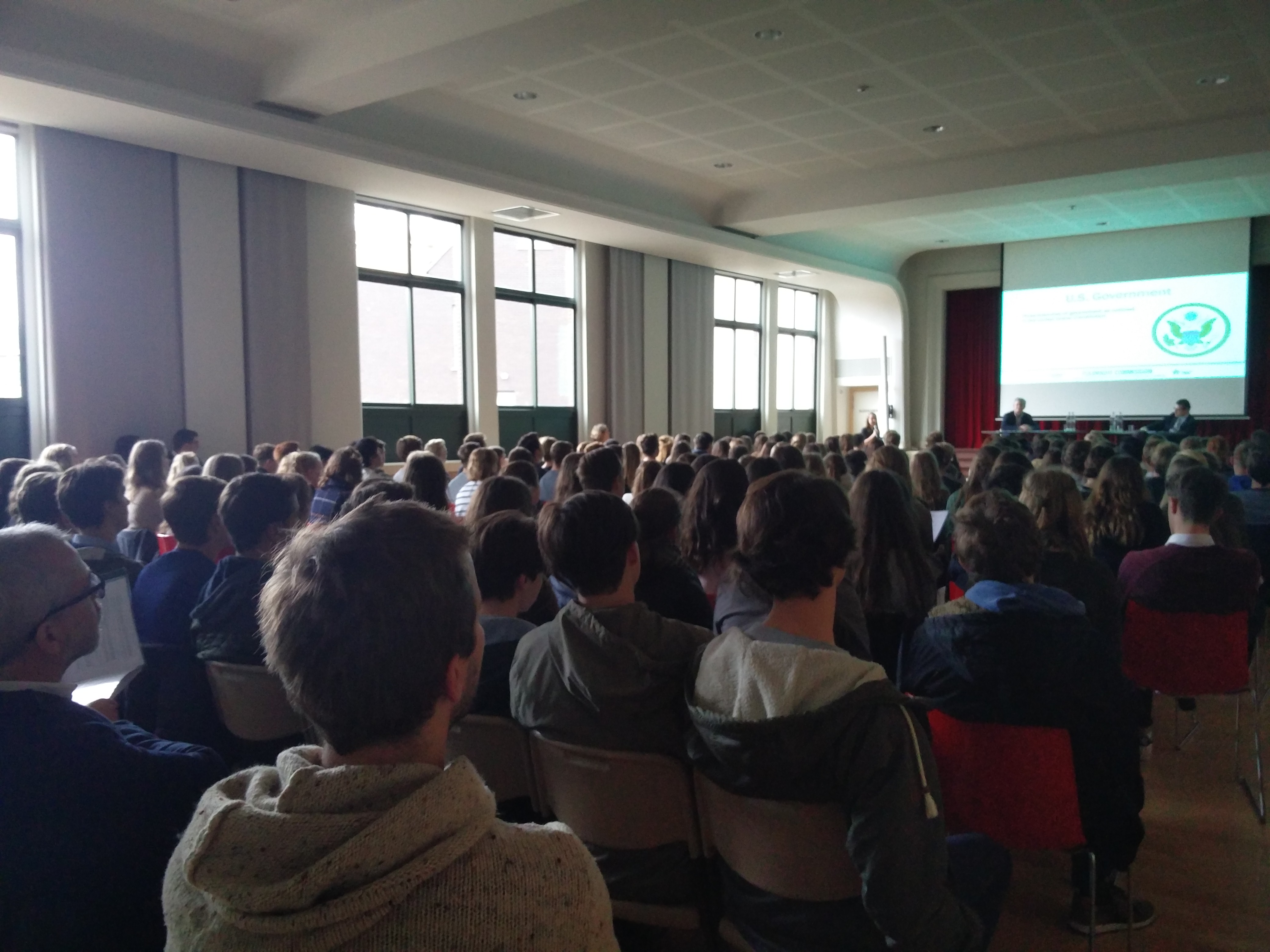According to a new study, the mood of background music in a movie scene affects a person’s empathy toward the main character and their interpretation of the plot, environment, and character’s personality traits. The findings were published in Frontiers in Psychology.
While researchers have long studied the impact of music on human behavior, fewer studies have explored how music can affect a person’s interpretation of film. Study authors Alessandro Ansani and team aimed to explore this by experimentally manipulating the soundtrack of an ambiguous movie scene.
“I’ve always been interested in music and cinema, since I was a baby; my mother told me she used to put me in front of our stereo to calm me down when I was crying, for some reason,” said Ansani, a PhD student at Sapienza University of Rome and research assistant at the CoSMIC Lab.
“I was enchanted by movies and stories too! As I got older, I started to play several instruments, soon realizing that the notes and their combinations had great emotional potential. From there, it was a short step: I started composing little soundtracks for theater plays and short movies, and – after graduating in cognitive science – for my PhD project I decided to empirically investigate what I’ve always experienced practically, by playing and letting others listen to music.”
In a first study, the researchers split a sample of 118 adults into three groups. All groups watched the same, unknown movie scene and then answered a series of questions assessing their interpretation of the scene. The movie scene showed a man in a deserted building walking up to a window facing a seascape, looking outside, and then walking out of shot. The three conditions were identical except for one key difference — the movie scene was accompanied by either melancholy piano music, an anxious-sounding orchestra piece, or nothing but ambient sound.
The researchers found that those who heard the melancholy music reported greater empathy toward the character in the scene than those who heard either anxious music or ambient sound. Those listening to sad music further rated the man as more agreeable and less extroverted, while those hearing anxious music rated him as more conscientious.
Moreover, the music affected the subjects’ interpretations of the movie’s plot. Those listening to the sad music were more likely to imagine that the character was remembering pleasant memories. Those hearing anxious music were more likely to think that the character was planning something morally bad instead. Those in the melancholy group also interpreted the environment as cozier — more interesting, likable, pleasant, warmer, and safer — than those in the anxious condition.
Next, Ansani and associates replicated these results in a laboratory setting and uncovered additional findings. This time, the researchers tracked participants’ eye movements to explore whether the movie soundtracks were leading participants to focus on different aspects of the movie scene.
The researchers found that the background music did appear to influence the participants’ focus. The researchers had added a “hidden character” in the scene, not obviously visible in the darkened room. Those who heard the anxious music spent more time looking at this hidden character and revisited the hidden character more times. They were also more likely to report having seen the hidden character.
Those listening to the anxious music also showed greater pupil dilation — an indication of increased alert — compared to the melancholy group. Unexpectedly, the control group showed the greatest pupil dilation of all. The researchers suggest that watching the dark scene without music likely created “a sense of hanging” in the control group, leading to increased vigilance and greater pupil dilation.
The findings highlight “the extent to which music influences our interpretation of a scene; not only how it works, but where, in which sense,” Ansani told PsyPost.
“Often times we admit that the soundtrack carries the most emotional part of the scenes, but this is an oversimplification, since its influence can by no means be narrowed down to mere emotion. On the contrary, emotion is probably a process (but this remains to be clarified) through which music affects several other cognitive mechanisms, such as the attribution of personality traits to characters, plot anticipations, and environment perception too!”
Background music has this effect, the authors say, because humans are wired to hunt for knowledge everywhere in their surroundings. When confronted with a situation that is difficult to interpret, people search for cues in the nearby environment. In this case, the ambiguous movie forced people to rely on contextual information — the soundtrack — to interpret what was in front of them.
The researchers highlight the fact that the music even influenced the subjects’ perception of coziness from the environment. “This result confirms the holistic nature of the interpretation process,” Ansani and colleagues say, “showing that music, a human artifact, extends its capacity of shaping not only on the narratives involving human features (emotions, feelings, plans, etc.) but also on inanimate objects and the environment of the scene. It would be very reductive to say that music only expresses feelings: much more than that, it actually shapes our view.”
Conducting research on music, however, presents some unique problems. The music pieces differed in other ways than mood, one being a solo piece, and the other, an orchestral piece. The researchers acknowledge that it is unclear whether these other differences might have affected the results.
“Musical excerpts, as opposed to many other manipulating stimuli we use in experimental psychology, are extremely complex by their very own nature, multifaceted, and widely differing in their effects in dependence of the listeners’ experience, culture, music knowledge, etc,” Ansani explained.
Read the full study: “How Soundtracks Shape What We See: Analyzing the Influence of Music on Visual Scenes Through Self-Assessment, Eye Tracking, and Pupillometry”.
Source: PsyPost
Categories: Breaking News, Leadership in Psychology
















